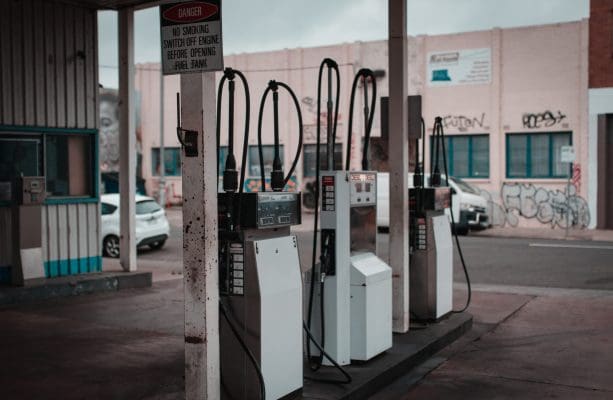
Home Applications VOC Recovery Gasoline Recovery
The amount of organic solvent vapors released into the atmosphere from various sources, including chemical plants, electronics manufacturing sites, metalworking facilities, gasoline stations, dry cleaning businesses, printing facilities, and painting applications, is substantial. For instance, fluorocarbons, which were widely used in electronics manufacturing, have been phased out due to their potential to deplete the ozone layer, a critical global environmental issue. As a result, efforts have been made to replace these with alternative solvents. Moreover, there’s a continuous push to minimize the emission of various other organic solvent vapors, both from environmental and resource conservation perspectives.
Currently, practical methods for recovering organic solvents from emissions primarily involve adsorption techniques using activated carbon or zeolites. This well-established method has seen significant technological developments. However, the need for regeneration in adsorption processes has led to increased interest in membrane separation operations as a simpler and more energy-efficient technique for the recovery and recycling of organic vapors.
Membrane separation utilizes specific selective permeability of the membrane material towards the component of interest. It’s particularly suited for local exhaust treatment of VOCs (Volatile Organic Compounds) at low to medium concentrations. NAGASEP, consisting of a separation membrane module made solely from silicone rubber, exhibits exceptional characteristics for the separation and concentration of organic vapors. The system features a straightforward design with just a vacuum pump and a vapor recovery container installed alongside the membrane module. By applying atmospheric pressure on the feed side and reduced pressure on the permeate side, VOCs can be continuously concentrated and recovered from the air. This technology has been utilized for concentrating hexane from factory exhaust gases and recovering gasoline VOCs emitted from fueling nozzles at gas stations.
At gasoline pumps, employing a “crocodile mouth” mechanism to tightly seal around the fueling port enables the suction and recovery of gasoline vapors. A membrane module, integrated within the recovery device of the pump, allows the collected gasoline vapors to pass through, separating the air and concentrating the gasoline. Fuel pumps equipped with this recovery system prevent gasoline vapors from escaping into the environment, drawing attention for their environmental and eco-friendly benefits (Gasoline Recovery Rate: 95%).